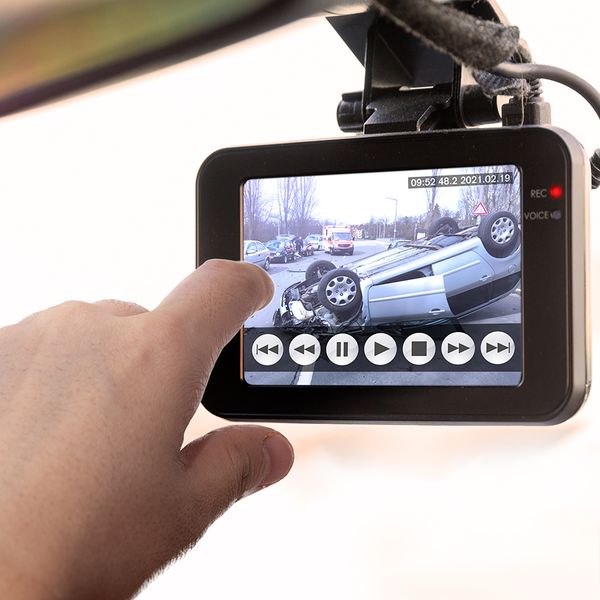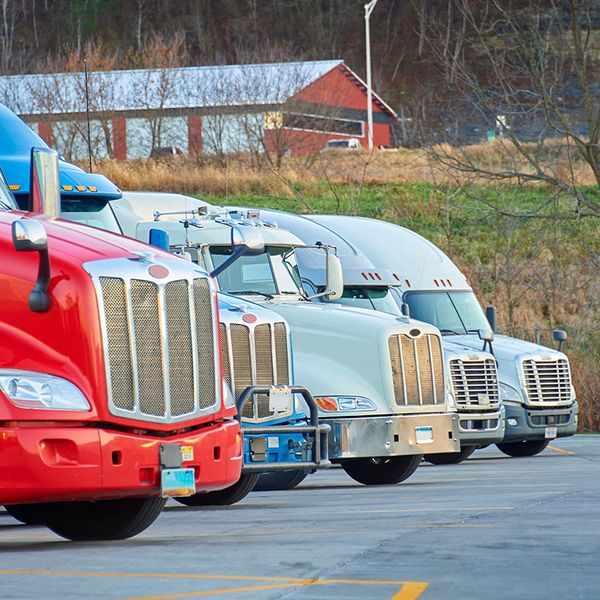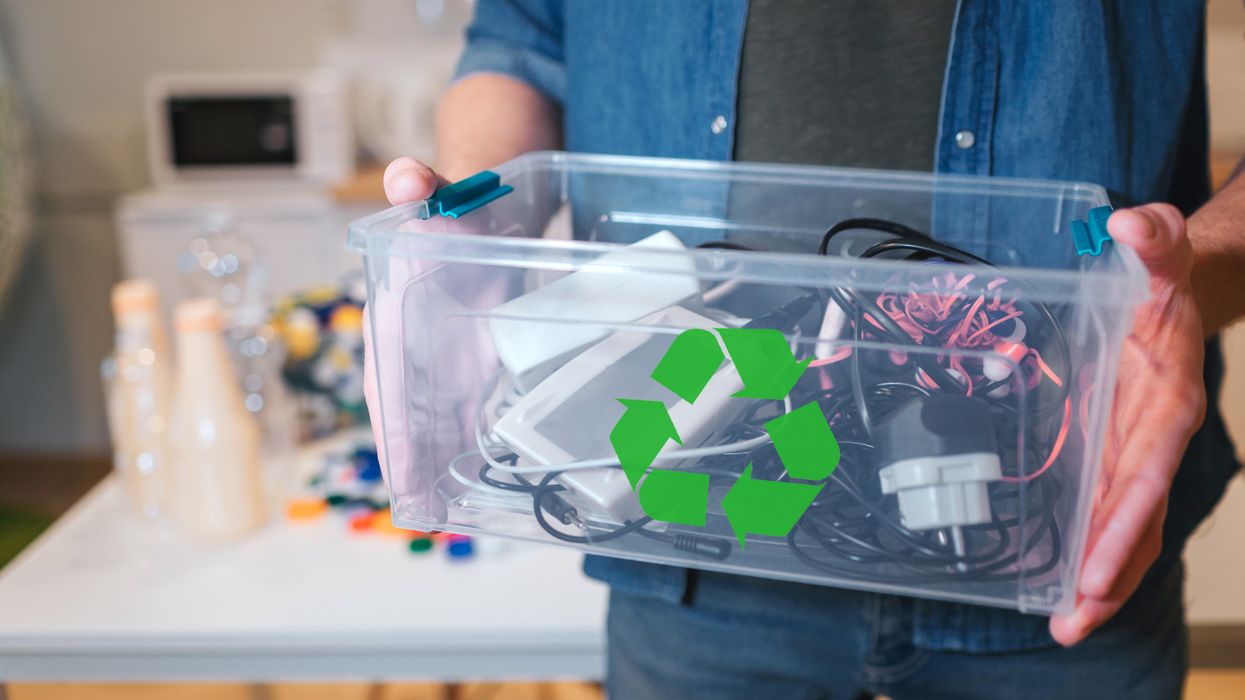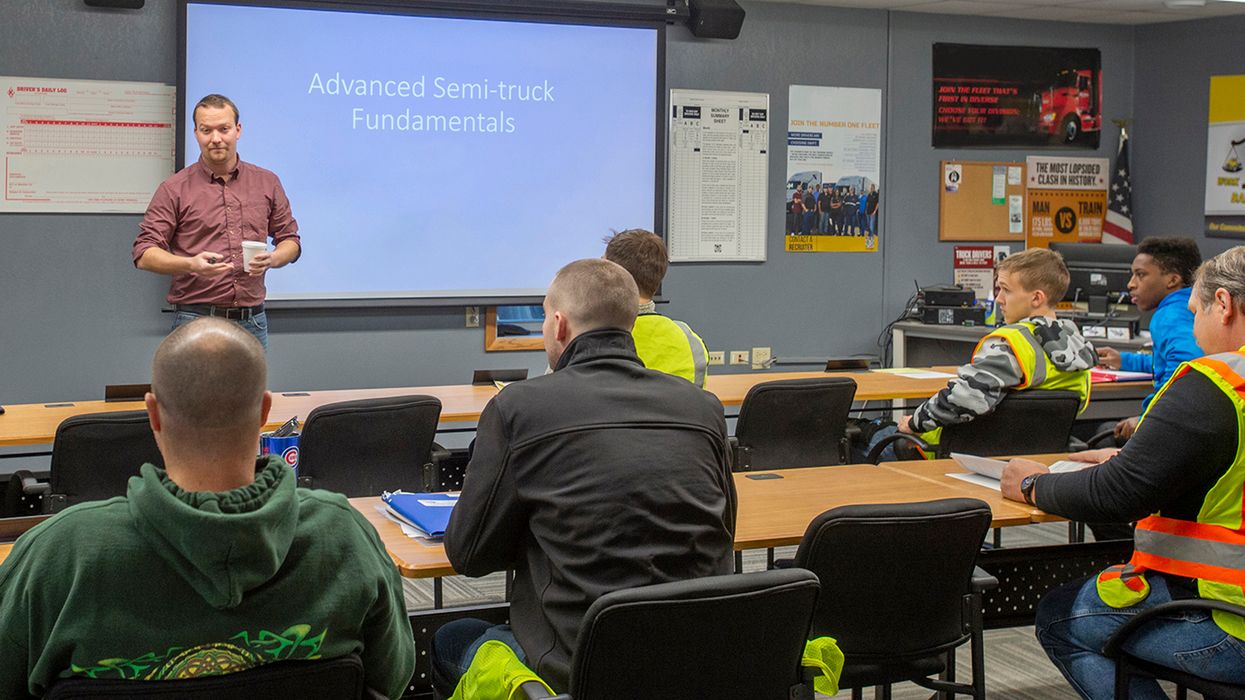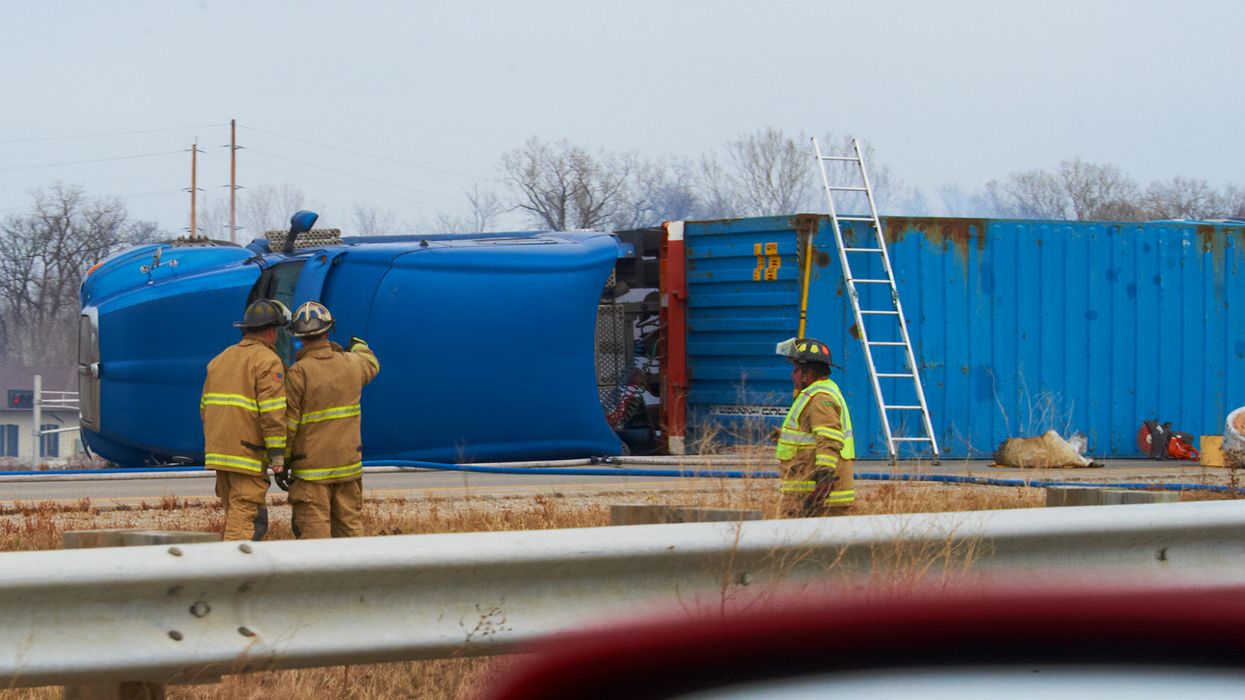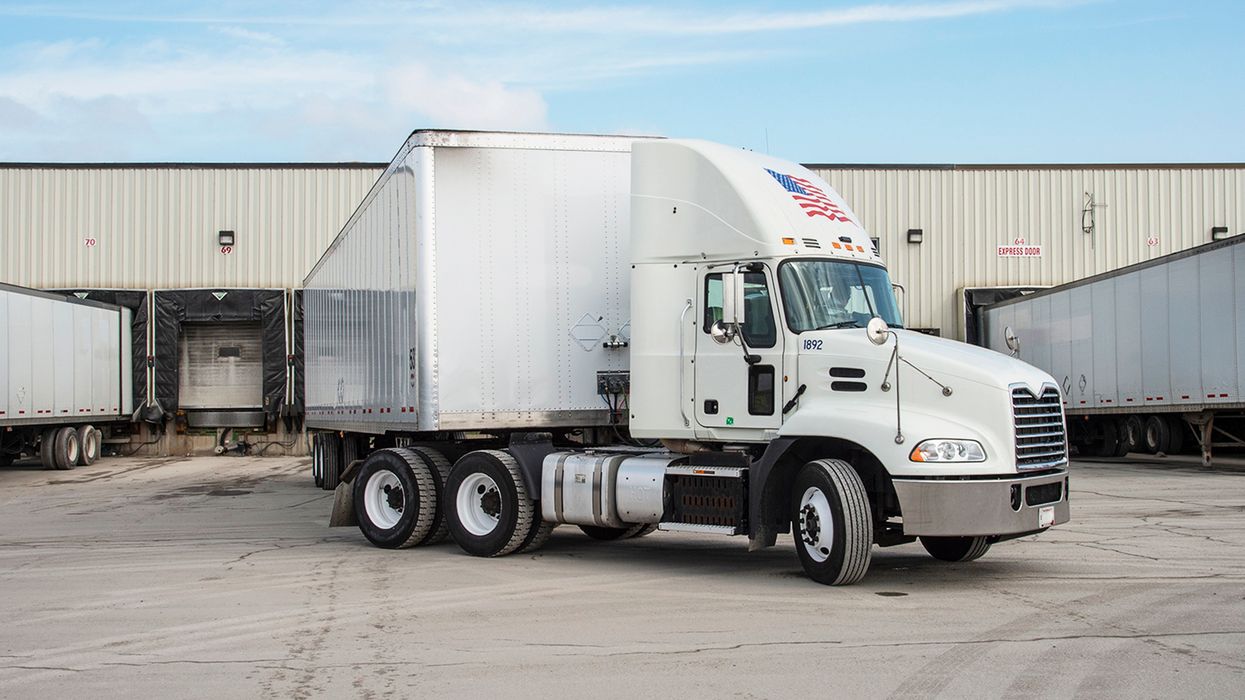Training Blueprint--Vehicle Backing
Large truck backing accidents are estimated to cause 86 deaths and 3,000 injuries each year. A closer look at the limitations that driving in reverse puts on drivers shows why so many accidents happen while backing.
- Sensory information is limited. It’s difficult for drivers to see what is going on behind their trucks. There is always a blind spot, and that blind spot shifts as the truck backs. Likewise, drivers may not be able to hear what is going on behind the vehicle while they are moving in reverse.
- Steering a trailer in reverse is counterintuitive. When driving a car, a driver moves the steering wheel to the right to reverse to the right, but when backing a trailer, the same steering motion will reverse the tractor to the right, but the trailer to the left.
TIP: Before covering the tips below with your drivers, ask them to brainstorm a list of potential backing dangers. Then ask them to think of strategies to minimize the risk of each danger they listed.
- Get Out And Look (GOAL). Walk around and check all sides of the vehicle for people, equipment, parked vehicles, or other obstacles, including those overhead, like wires and tree limbs. Be especially alert to children and animals in the area that may dart behind a truck without warning.
TIP: Show drivers an illustration of how large the blind spot behind a trailer is and how far behind the trailer an object needs to be for a driver to see it in the tractor’s mirrors.
- Eliminate distractions. Turn off anything that makes sound, such as a radio, CB, cab fan, or phone, then roll down the window and listen while backing. Sounds of children playing, people talking, or other vehicles backing indicate potential dangers.
- Communicate to others. Use the truck’s four-way flashers and backup alarm or horn to notify others that the truck is moving in reverse. Remember, though, that some people won’t see or hear these alerts or may not know what they mean.
- Back slowly. Back slowly, watching the mirrors for obstacles. Get out and look again if necessary.
- Use a spotter. Backing can be a lot easier with the help of a qualified and experienced spotter. Make sure to agree on the hand signals you will use before beginning to back the vehicle.
TIP: Use visuals, such as illustrations or videos, to help drivers understand which direction the trailer and the tractor each move when the steering wheel is turned left or right.




